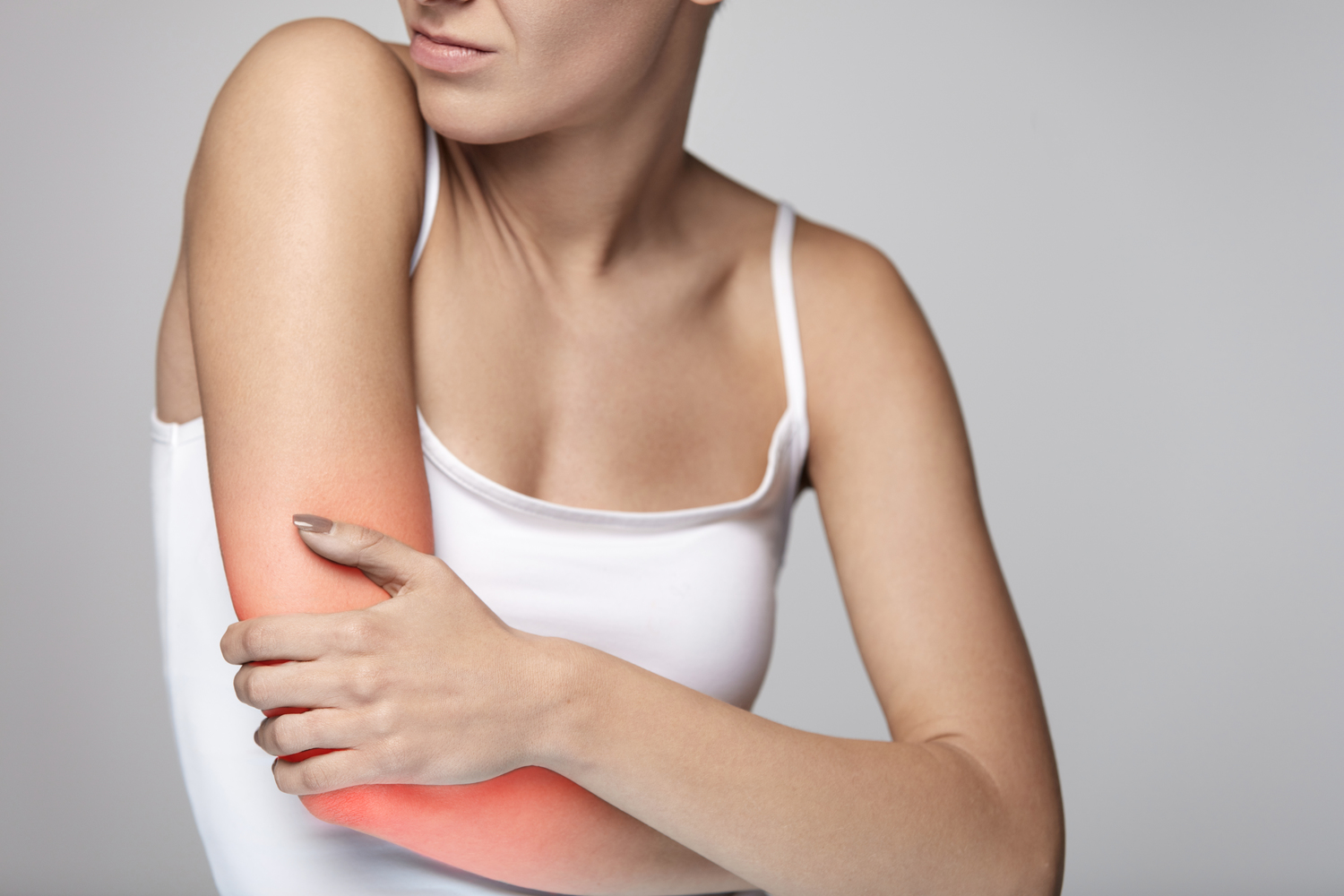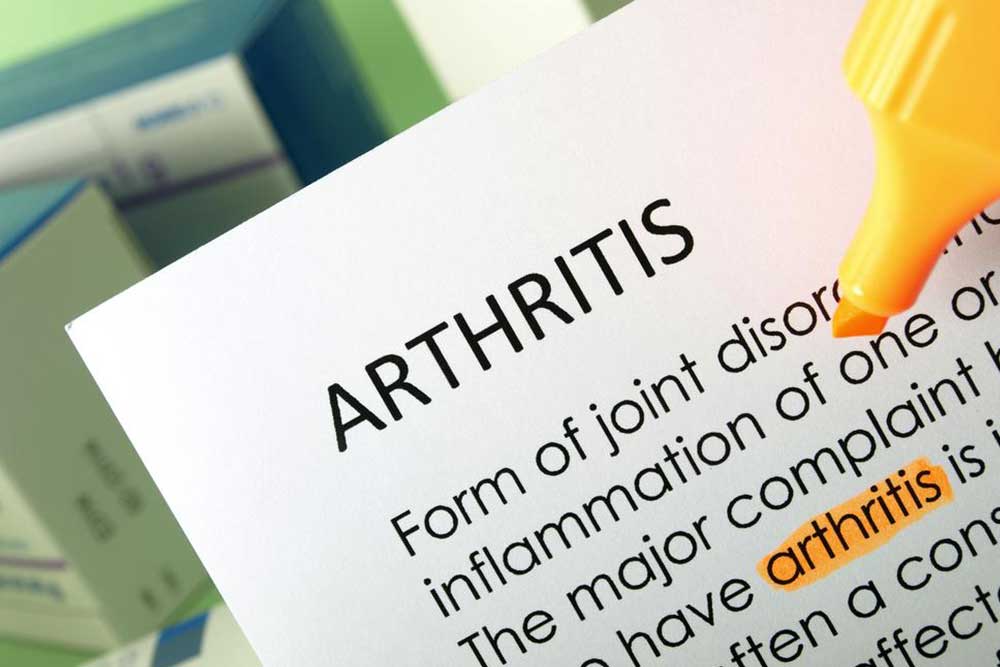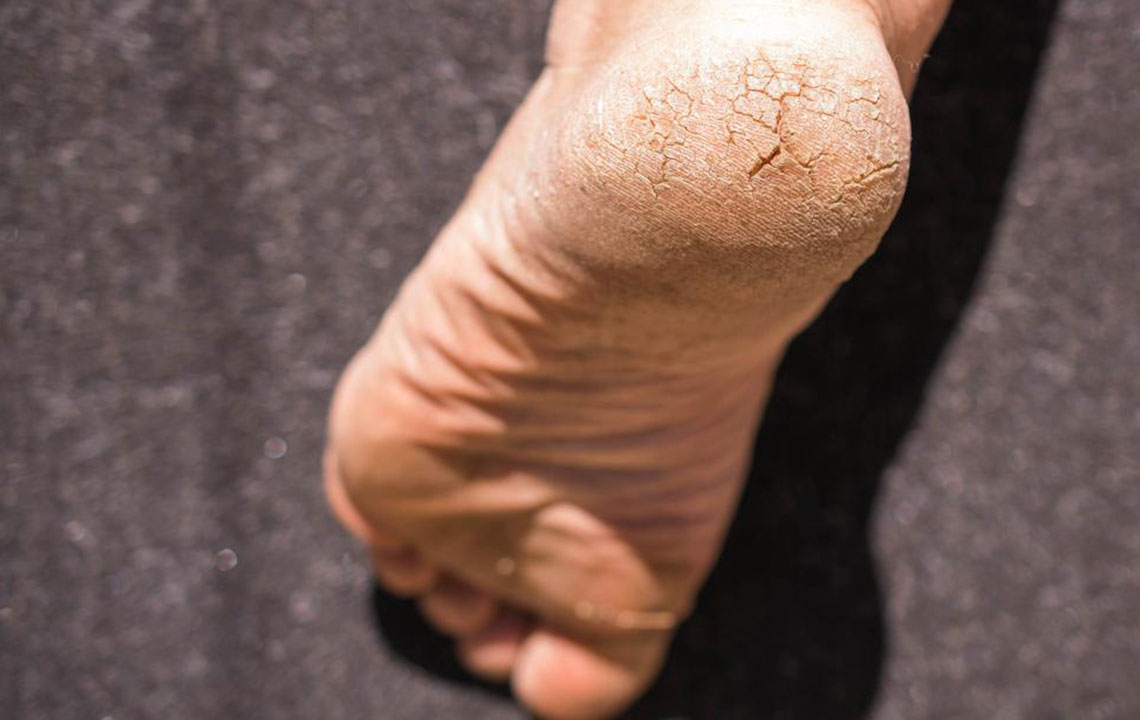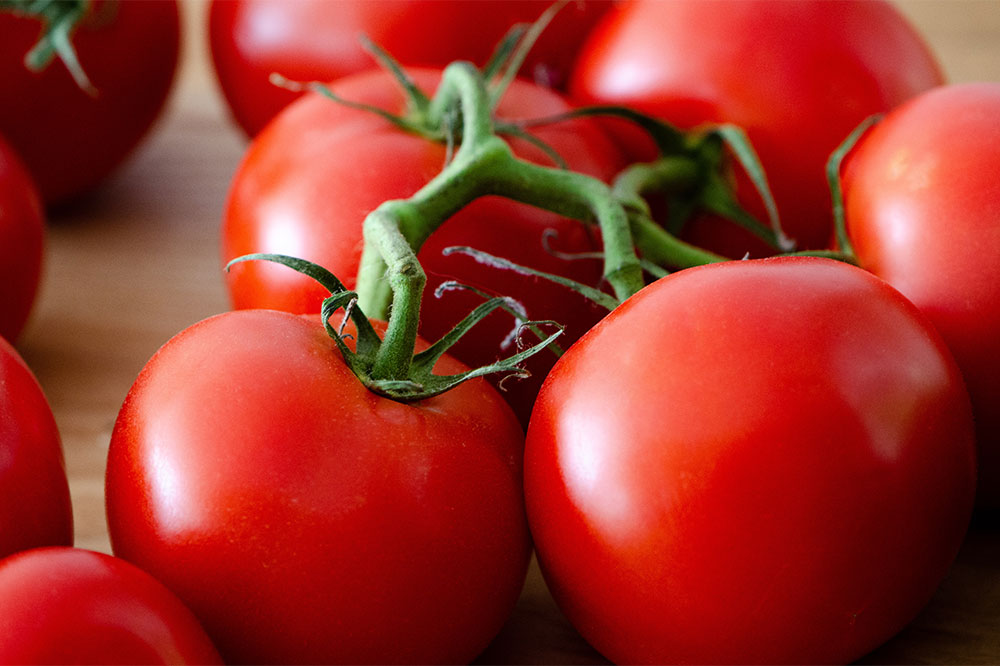Effective Strategies for Managing Joint Pain and Enhancing Mobility
Discover effective ways to manage joint pain naturally. From exercise and thermal therapies to acupuncture and diet, learn reliable strategies to reduce discomfort, improve mobility, and enhance your quality of life. Embrace a holistic approach to joint health with these proven tips and lifestyle changes.
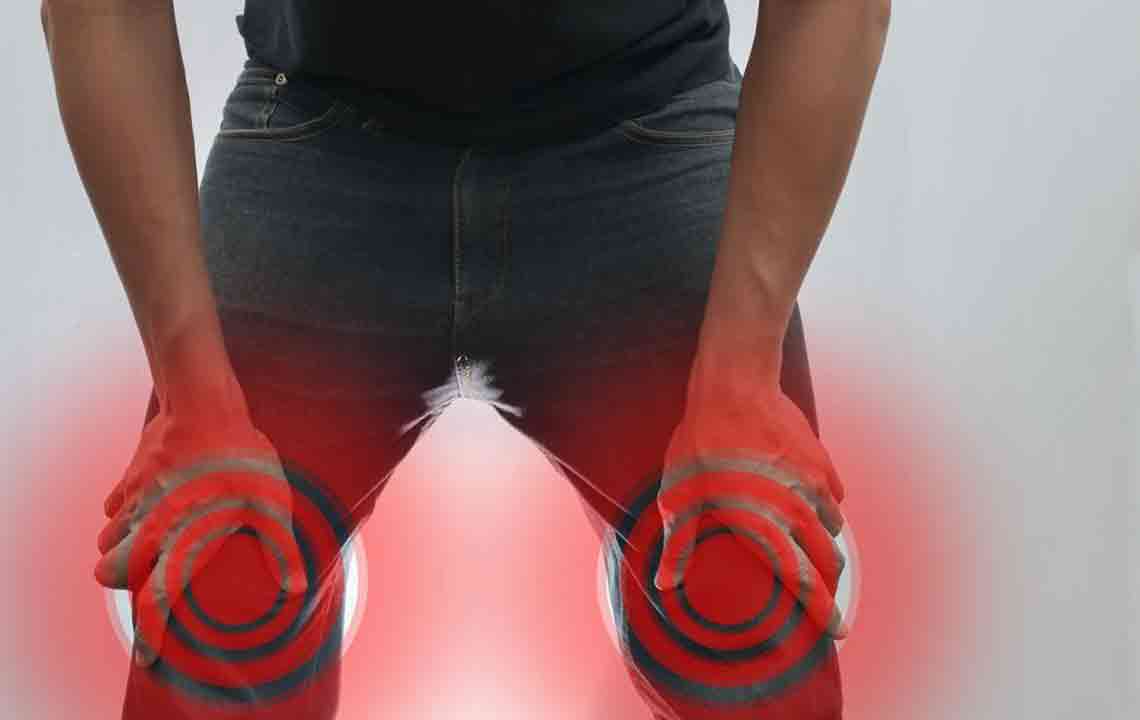
Effective Strategies for Managing Joint Pain and Enhancing Mobility
Joint discomfort can hinder daily activities, reduce performance, and impact overall quality of life. Whether it's mild discomfort or intense pain, finding relief is essential for maintaining independence and happiness. Joint pain, often linked to arthritis, involves inflammation of the joints, leading to stiffness and soreness. Understanding causes and exploring natural remedies can help improve comfort and function. From lifestyle adjustments to home therapies, there are numerous ways to alleviate joint pain without extensive medical intervention. This guide covers key methods to support joint health and restore mobility.
Joint issues, commonly termed arthritis, stem from joint inflammation. The two main types are osteoarthritis, which worsens with age, and rheumatoid arthritis, an autoimmune disorder attacking joints from within. Effective relief strategies include regular exercise, temperature therapies, and stress reduction. Exercise helps maintain flexibility and reduces inflammation, while hot and cold treatments target stiffness and swelling. Alternative therapies such as acupuncture, dietary changes, and herbal supplements also provide support. Incorporating these practices fosters better joint health and overall well-being.
Physical Activity
Engaging in daily or regular exercise is a natural, cost-effective way to reduce joint pain. Maintaining a healthy weight decreases pressure on joints and alleviates inflammation. Even 20-minute sessions daily can improve mobility and decrease discomfort. Exercise enhances flexibility, strength, and overall lifestyle quality.
Thermal Therapies
Warm baths or heat packs relax muscles and decrease stiffness, boosting joint movement. Cold packs help curb swelling and provide immediate pain relief. Alternating between hot and cold treatments can maximize comfort.
Acupuncture
This traditional Chinese practice involves inserting fine needles at specific points to balance energy flow, potentially reducing joint pain and inflammation. Certified practitioners are recommended to ensure safety and efficacy. The World Health Organization recognizes acupuncture as a supportive therapy.
Mental Relaxation
Techniques such as meditation and mindful breathing ease stress that can contribute to inflammation. Relaxation improves mental clarity, reduces pain perception, and supports physical recovery.
Nutrition and Diet
Consuming a balanced diet rich in vitamins, minerals, and omega-3 fatty acids promotes joint healing. Proper nutrition can help manage arthritis symptoms and support overall health.
Turmeric Supplementation
Adding turmeric or curcumin to foods or beverages leverages its anti-inflammatory properties, helping to relieve joint pain.
Massage Therapy
Gentle massages stimulate blood flow, decrease stiffness, and facilitate healing, providing effective relief from joint discomfort.
Herbal Remedies
Herbs like ginkgo, boswellia, and devil’s claw have been used traditionally to reduce inflammation. Always consult healthcare professionals before starting herbal supplements, especially if on medication.
Creative and Leisure Activities
Engaging in hobbies like painting, hiking, or music can lower stress levels. Reduced stress decreases inflammation-related pain, supporting joint health indirectly.
Addressing joint pain involves a combination of active lifestyle choices, dietary modifications, and stress management. While advanced treatments are available, adopting these natural, sustainable practices can significantly improve joint function and quality of life over time. Consistency and patience are key to reversing or managing joint issues effectively.

